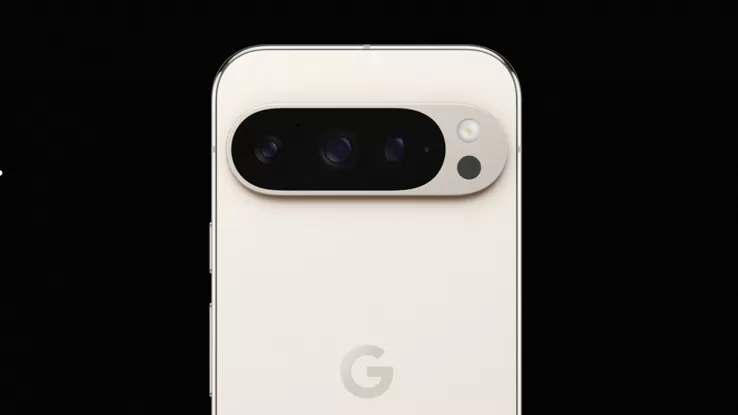The highly anticipated Google Pixel 9 has officially landed, and I was fortunate enough to get my hands on a retail unit slightly ahead of its official launch. Sporting a sleek porcelain finish, this new flagship from Google brings a blend of premium design, innovative AI features, and some noticeable improvements over its predecessors. However, after spending a few hours with the Pixel 9, I noticed some areas where it falls short of expectations.
Unboxing Experience:
The Pixel 9 Pro XL is packaged in an eco-friendly, simple box composed of recycled paper. All that’s contained in the packaging is the phone itself along with a USB-C cable. With an emphasis on the smartphone rather than accessories, Google has made the unboxing process as easy as possible.
Design and Build Quality:
Regarding design, the pixel 9 is incredibly large and comfortable to hold. However, I would like to draw attention to two minor issues: first, the camera bump, which is rather large; second, I think the volume and power buttons would have been better positioned if they were inverted. Other than those two issues, there isn’t much to be unhappy about with the pixel 9 in terms of feel in the hand. All of the standard bells and whistles are also present, such as IP68 water and dust resistance and Corning Gorilla Glass victus 2 protection for the display.
Display:
Using Google’s in-house Actua branding, the Pixel 9 sports a 6.3-inch 1080p 120Hz display. This year’s panel is brighter than the previous one, reaching 1,800 nits of brightness while displaying HDR content and an astounding 2,700 nits in high brightness settings.
Performance and Software:
The 12 GB of RAM and the Tensor G4 CPU may get you by in the Google Pixel 9’s case, but if you’re looking for raw power, that’s a different story. In my perspective, the Pixel 9 is a little disappointing. One positive aspect of the Pixel 9 is that it hasn’t overheated yet, which has been a recurring concern in recent iterations.
AI Integration: The Real Star of the Show:
AI Here are some examples of it in action from the Pixel 9 series: there’s a new screenshots application that essentially uses AI to add context to your screenshots, and it’s nice that the weather app is also updated, giving you additional insights into how your day or week is going.
However, beyond these two things, there’s Gemini. Being able to read stuff off of your screen and gain insights like summarizing the movie you’re watching is a really great function that Gemini has, but as far as I can tell, only works on the Pixel 9 series. I think this is really useful and beneficial to fully exploit Gemini. The hardware of the Pixel 9 is good, but it’s disappointing that Gemini doesn’t provide a free trial.
Camera: A Leap Forward?
All things considered, the Pixel 9 produces vibrant, bold, and realistic-feeling images—a difficult combination to achieve.

A feature that comes with all of this is called “add me.” It’s pretty good; you can take a picture of yourself and then give the phone to someone else, and they can take a picture as well. You can then insert yourself into that picture wherever you want that doesn’t block someone else, and the AI will sort of stitch the two photos together to create a single picture that has everyone in it.

Conclusion: Is the Pixel 9 Worth It?
Like any other flagship phone, the Pixel 9 has advantages and disadvantages. AI is smart and innovative and promise to being good, but some of its applications are not appropriate for pixels. The question of how much value they offer to that pixel now arises. Although the camera is impressive, but it lacks a breakthrough innovation as compared to earlier models.

















